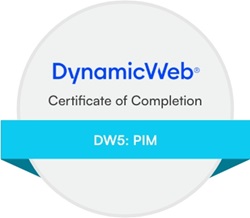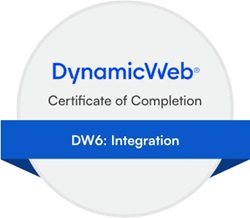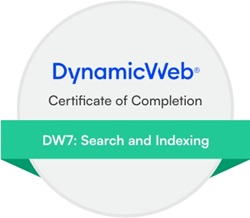Hi there,
I am trying to understand how to use the Endpoint Manager for integration. I like the global concept of defining URL and credentials in a single location and then point to that configuration from my scheduled tasks.
It seems, however, that having the request body on the end point definition, rather than on the scheduled task, takes away that benefit. I was thinking it would work like this;
1. Create an endpoint called My Connection with a URL and credentials. This would be done only once.
2. Create a scheduled task to get users with a GetEcomData type="users" and select the end point My Connection to connect to the ERP
3. Create a scheduled task to get products with a GetEcomData type="products" and select the end point My Connection to connect to the ERP
4. Create more scheduled tasks and select the end point My Connection to connect to the ERP
5. When we go live, change My Connection to point to the production ERP and be done.
However, it seems to be like this instead:
1. Create an endpoint called My Users Connection with a URL and credentials. Add GetEcomData type="users" as the request body.
2. Create an endpoint called My Products Connection with a URL and credentials. Add GetEcomData type="products" as the request body.
3. Create more endpoints with a URL, authentication and a request body
4. Create a scheduled task to get users and select the end point My Users Connection to connect to the ERP
5. Create a scheduled task to get products and select the end point My Products Connection to connect to the ERP
6. Create more scheduled tasks select the associated end point to connect to the ERP
7. When we go live, go to each and every end point and change the URL and credentials.
Wouldn't it make more sense to have the end point manage the URL and credentials only and have the request data still on the scheduled task? The end point would be the same for all, but the request would be different per scheduled task.
Before the end point manager, changing to a production URL (just an example) would mean we would have to visit and update each live integration scheduled task. In the new way I have to visit and update each end point instead (of which I need just as many as I previously needed scheduled tasks), so what's the advantage of the end points?
I think I am missing something obvious but I am not seeing it ![]()
Thanks!
Imar














